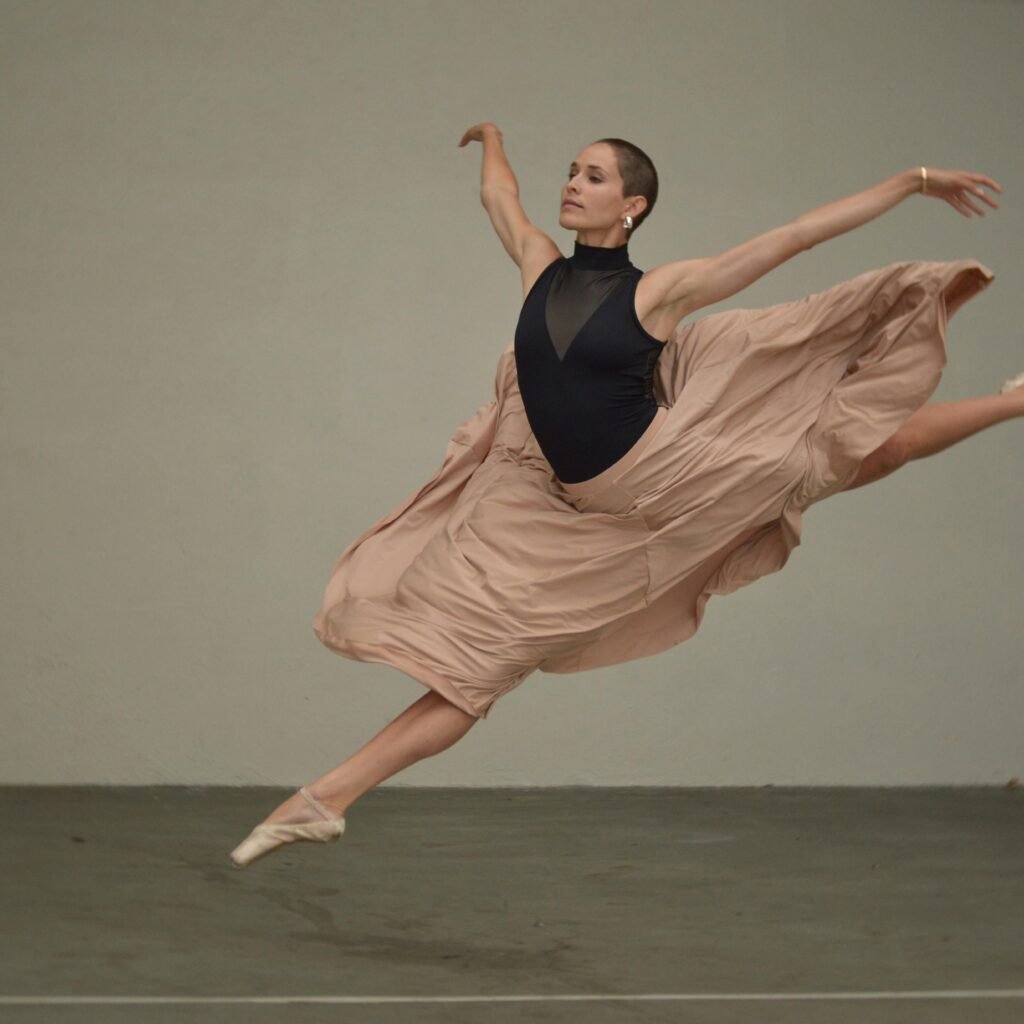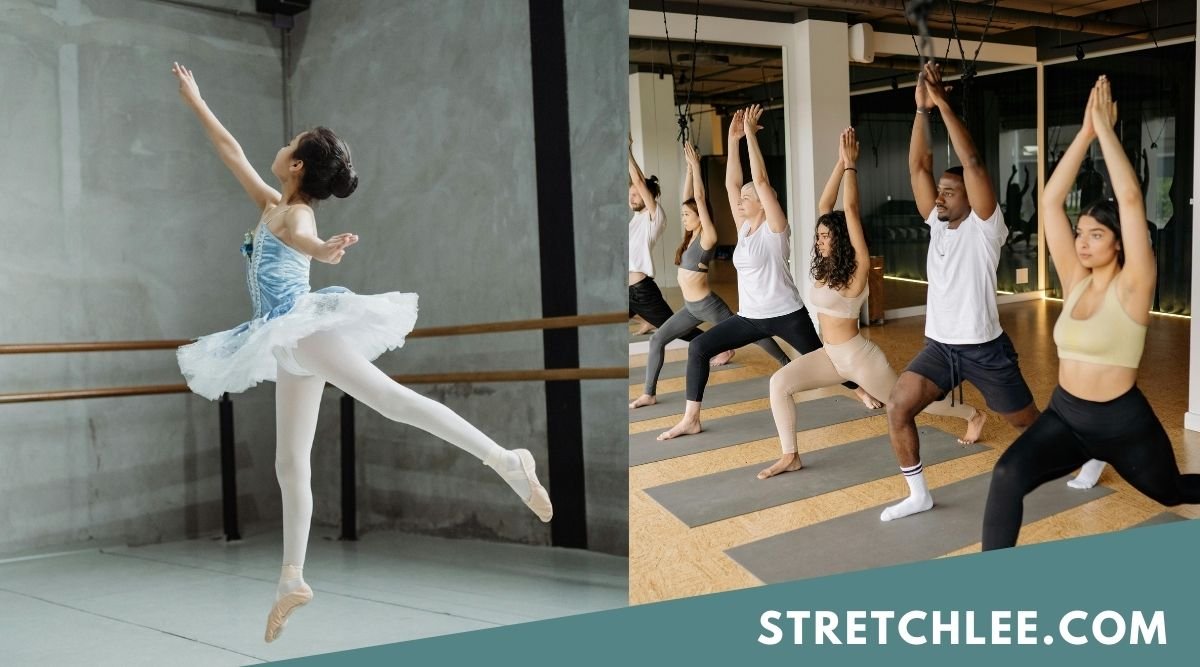In keeping with the discussion of the topic of dynamic vs static stretching today, it can be said that dynamic stretching is of paramount importance. Its very nature guarantees that your body is in a state of peace and is in perfect readiness for the next thing to be done. Moreover, the positive impacts of stretching are those out of which such a distinction is born.
Apart from the fact that generally, people become more performant, the action of muscles that stretching initiates also helps to prevent injury.
However, did you know that there are many advantages associated with different forms of stretching? Over the past ten years, as stretching has gained popularity, the most recent guidelines have changed.
You may have heard that static stretching is not as good as dynamic stretching. When it comes to exercise, we frequently talk about warming up and calming down. Adding dynamic stretching to your pre-workout routine and warm-up is a terrific idea. In what ways does dynamic stretching vary from static stretching, and how can one efficiently integrate it into one’s routine?
In this article, we’ve gone over every detail about the finest techniques for stretching and what it implies for your body. Stay with us, then!
Why is Stretching Important?
Having increased flexibility is beneficial for much more than just party stunts and getting likes on Instagram for your amazing body modifications. You want to have an ideal muscle length for maximum muscular function.
Without the ideal muscle length, your muscles won’t be able to tighten up, relax, or function for you in the strongest possible way. Maintaining or enhancing the range of motion in your joints requires stretching as well.
The range of mobility that your joint is capable of is its measure of motion. It includes things like how much room your hips can accommodate, how easily your arms fit into your shoulder sockets, and how far you can lean your knees. To be prepared to get around in various directions, you need to keep your joints in that flexibility of motion.
Dynamic vs Static Stretching: How are Both Different?
Dynamic vs static stretching? They both fall on distinct extremities of the stretching method range. Static stretching is pushing the bone as far as it will go and keeping it there for a considerable amount of time, usually 30 to 90 seconds, whereas dynamic stretching is movement-based.

Dynamic Stretching
Focusing on particular muscle groups, dynamic stretching entails constantly flexing joints and muscles with movements appropriate to a sport for ten to twelve reps. Active stretching is not the same as this.
Dynamic stretching simulates the motions and activities you’ll be performing in the sport or activity you’re about to take up. It helps practice the movement sequences, which makes the muscles more likely to fire at slightly earlier and quicker times. This can enhance power and efficiency.
Dynamic stretching has been demonstrated to significantly boost power, sprint, leap, and overall performance. When you actively move your muscles throughout the warming-up process, your blood flow gets better. Raising the temperature of muscles results in less resistance and increased flexibility.
Benefits & Drawbacks
The benefits and drawbacks of dynamic stretching include the following:
Benefits:
- Raises your pulse and blood circulation.
- Increases agility and adaptability.
- Improves the performance of sports.
- Lowers the chance of harm.
Drawbacks:
- Concerning your physical capabilities or range of motion, this may not be appropriate for everyone.
- Might not be ready for tasks that require a lot of energy.

Static Stretching
Static stretching is not the same. Static stretching involves holding a stance and extending your muscles to their maximum length.
You are essentially “steady” for sixty to ninety seconds.
It is not the same as static stretching. The muscles are not warmed up when you statically stretch them. It’s more of a movement toward relaxation.
Thus, static stretching is a proven method to aid in calming down.
Benefits & Drawbacks
The benefits and drawbacks of Static stretching include the following:
Benefits:
- Improves adaptability.
- Eases the tension in the muscles.
- Improves stance.
- May encourage calmness and the reduction of stress.
Drawbacks:
- Could impair muscular power and agility.
- May result in harm from overstretching.
- It might not be a good way to warm up.
- Not appropriate for recent injuries.
Is One More Helpful Than The Other?
Dynamic vs static stretching, is one superior to the other. Most of it is dependent upon the time you perform the stretches. Recently, static stretching has become less popular as a warm-up exercise.
Static stretching has been shown in a study to have some detrimental consequences on performance, including a decrease in maximum strength, authority, and agility following a single static stretch session.
However, static stretching still has its place. In other words, you would maintain the stretch for 15 to 30 seconds rather than 60 to 90 seconds if it were a component of a full dynamic warm-up.
Because static stretching helps return muscles to their pre-exercise length, it can also assist avoid stiffness following a workout. Combining static stretching with other stretches may be the optimal strategy for it to work its magic.
Best Dynamic Stretches
Following are the best dynamic stretches.
- Leg Pendulum
- Walking Lunges
- Small Hip Circles
Best Static Stretches
Following are the best static stretches.
- Hamstring Stretch
- Calf stretch
- Triceps stretch
- Quad stretch
- Shoulder stretch
When should you select a static vs dynamic stretch?
When selecting dynamic vs static stretching, time is very important.
Not the time at the clock, but the condition in which you are or what you are going to do next. Every workout should include five to ten minutes of active stretches before and static stretches that focus on the muscles you worked out after. Additionally, set aside some time every week for an intensive stretch routine to maintain and improve your flexibility.
Three to five times a week is how often Stretchlee suggests static stretching. In and of itself, dynamic stretching is a fairly fantastic workout. The “mobility” lessons, which are so well-liked? In essence, they are a sequence of active stretches. Dynamic stretching may be found in many yoga poses, such as the Morning Salutation.
The Ultimate Line
Final say on dynamic vs static stretching? While static stretching develops suppleness and aids in muscular calmness and the counterbalancing of weariness and soreness, dynamic stretching stimulates flow, boosts productivity, and lowers the chance of damage.







